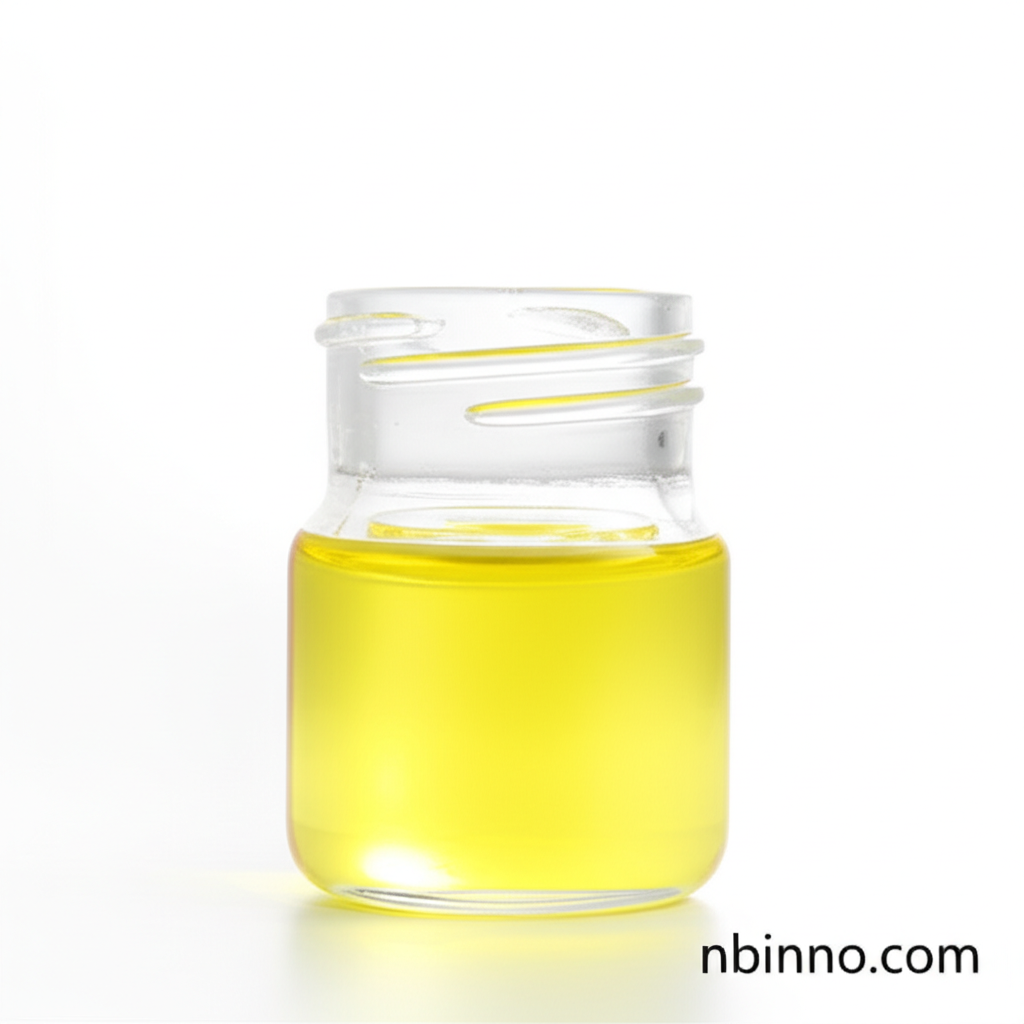3,5-Dimethylphenyl Isocyanate: A Versatile Intermediate for Organic Synthesis and Chiral Chromatography
Explore the chemical properties, synthesis, and critical applications of this key organic intermediate.
Get a Quote & SampleProduct Core Value

3,5-Dimethylphenyl Isocyanate
This compound is a crucial intermediate in various organic synthesis pathways and is particularly recognized for its application in preparing advanced chiral stationary phases for HPLC, enabling precise enantiomer separation.
- Discover the detailed synthesis methods, including phosgenation and Curtius rearrangement, for producing 3,5-dimethylphenyl isocyanate.
- Learn about the critical purity assessment techniques such as HPLC and GC used for this reactive chemical intermediate.
- Understand the diverse chemical reactions and reactivity of 3,5-dimethylphenyl isocyanate, vital for organic synthesis.
- Explore how this compound is instrumental in the preparation of chiral stationary phases, impacting analytical chemistry.
Key Advantages
Synthesis Versatility
The synthesis of 3,5-dimethylphenyl isocyanate can be achieved through multiple established routes, offering flexibility in production and precursor selection for organic synthesis intermediates.
Chiral Separation Efficacy
Its incorporation into polysaccharide derivatives creates highly effective chiral stationary phases, significantly improving the capability for chiral chromatography stationary phase preparation and enantiomer resolution.
Analytical Precision
Reliable purity assessment methods ensure the quality and consistency of this compound, which is crucial for demanding applications in both research and industrial settings, as seen in purity assessment of isocyanates.
Key Applications
Organic Synthesis
Serves as a key building block and reagent for synthesizing a wide array of complex organic molecules, leveraging its reactive isocyanate group for various derivatization strategies.
Chiral Chromatography
Essential for the preparation of chiral stationary phases (CSPs) by derivatizing polysaccharides, enabling the separation of enantiomers, a critical aspect of chiral chromatography stationary phase development.
Material Science
Its derivatives find use in specialized material science applications, particularly in the development of advanced separation media.
Research & Development
A valuable tool for researchers exploring new synthetic methodologies and analytical techniques in organic chemistry and chemical analysis.
